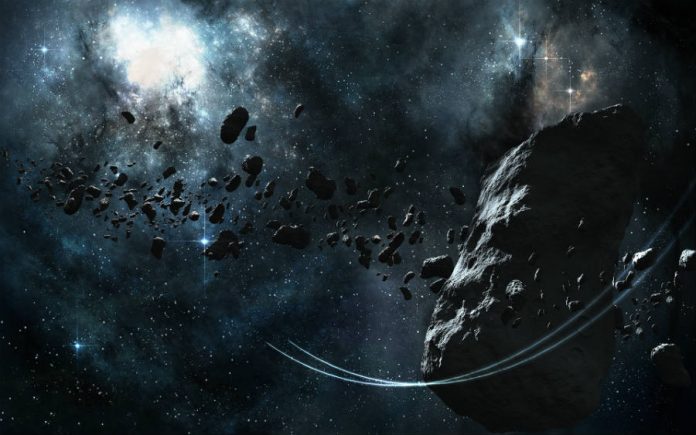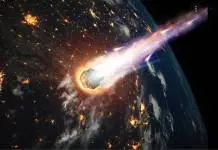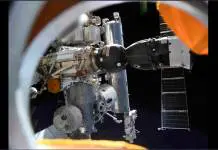
Space agencies and astronomers around the world will set their sights on the night sky on Wednesday, April 19, as Asteroid 2014 JO25 safely flies past Earth. The massive object will be visible even to small telescopes.
Astronomy enthusiasts over at Slooh have endearingly nicknamed the asteroid ‘The Rock’ due to its “incredible size” in honor of the actor and former wrestler Dwayne Johnson. 2014 JO25 measures approximately 2,000 feet or 650 meters.
NASA will take advantage of the two-day period during which the asteroid will be closest to our planet and clearest to optical instruments.
The agency’s Goldstone Solar System Radar will make observations of ‘The Rock’ and could reveal details of its surface and potential composition.

Asteroid 2014 JO25 does not pose a threat to Earth
Many media outlets have reported the news of Asteroid 2014 JO25 coming extremely close to Earth, so close that it could crash into our planet. That is not true, as it will pass us at a safe distance of 1.1 million miles.
In a planetary scale, more than 1 million miles is quite insignificant, and it may seem too close, particularly considering the universe continues to expand and scientists don’t know its exact extent.
However, for us earthlings, that is a pretty safe range. NASA says it will pass at a distance equivalent to 4.6 times the distance between our planet and the Moon.
Asteroid 2014 JO25 is the size of six American football fields one next to the other, and it is the space object that has come closest to Earth since asteroid Toutatis swung by in 2004. The next comparable event will happen in 2027.
“NO KNOWN ASTEROID POSES A SIGNIFICANT RISK OF IMPACT WITH EARTH OVER THE NEXT 100 YEARS. THE HIGHEST RISK OF IMPACT IS A 1 IN 714 CHANCE OF IMPACT BY AN ASTEROID DESIGNATED 2009 FD IN 2185,” NASA says.
“The Rock” will be visible for a brief moment
That puts collision probabilities at 0.2 percent according to the agency, so there is no need for alarms in the foreseeable future and beyond. Astronomers will likely be occupied trying to deal with problems originated here on Earth like climate change from space.
For now, astronomy enthusiasts and professionals can worry just about catching a glimpse of ‘The Rock’ between April 19 and 20. The asteroid will fly at a speed of 33 meters per second, disappearing quickly into the vastness of space.
Even amateurs can try spotting the fast-traveling object, as a small but capable telescope should suffice to see it. Setting your sights on a particular star that is in 2014 JO25’s route is advised to avoid missing it.
Source: NASA











